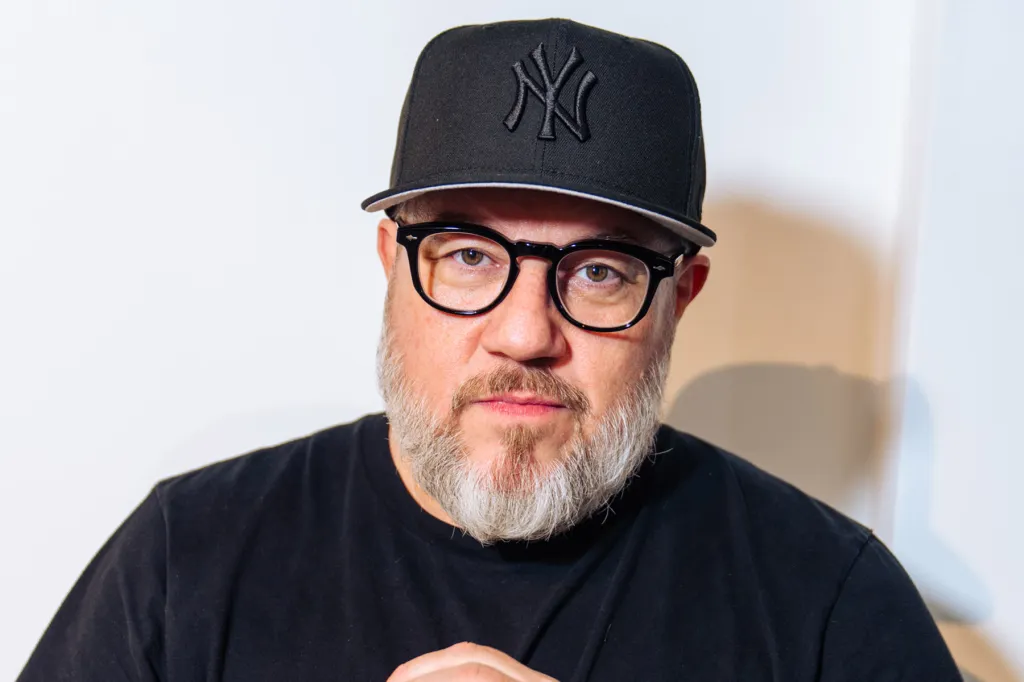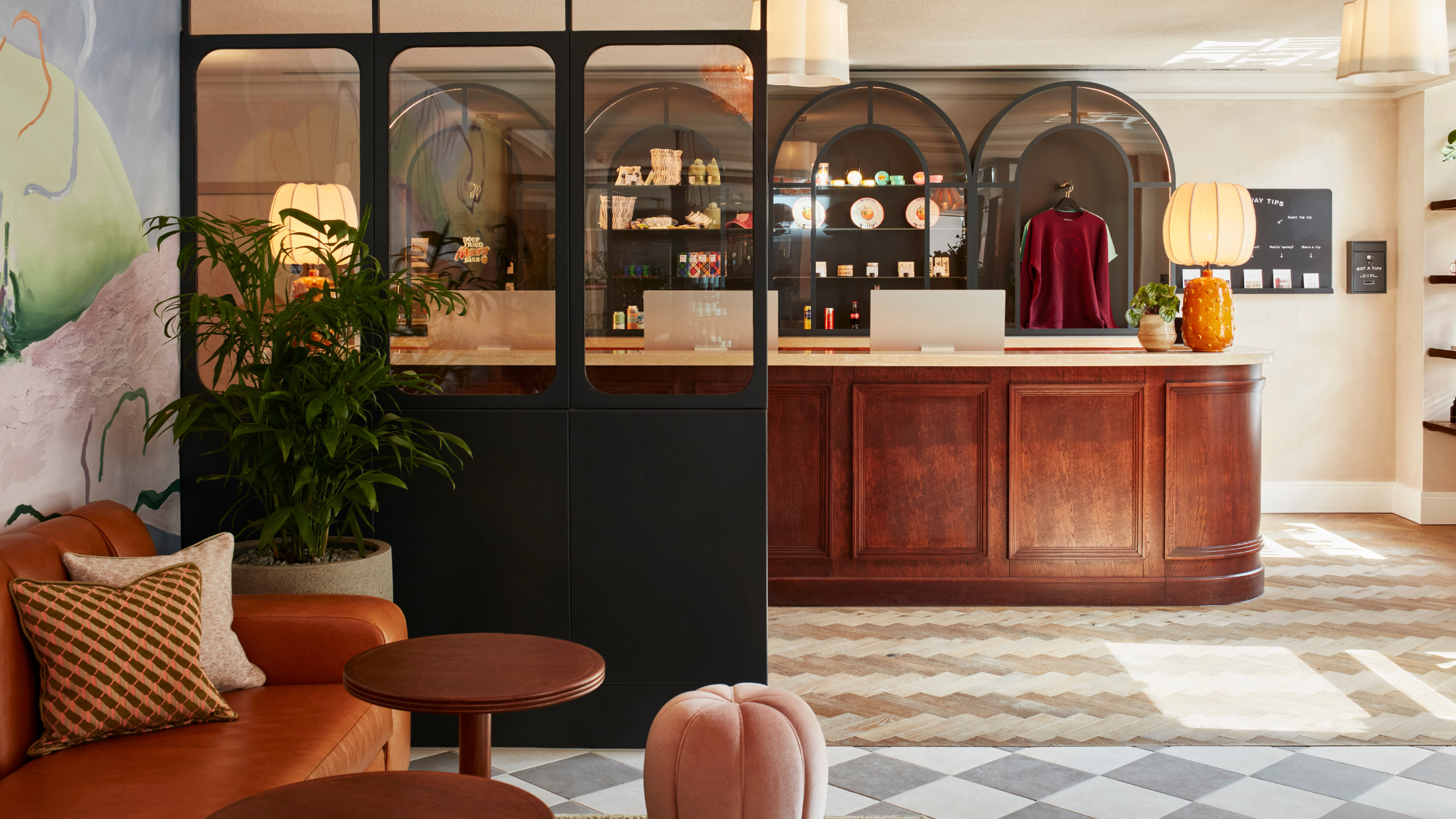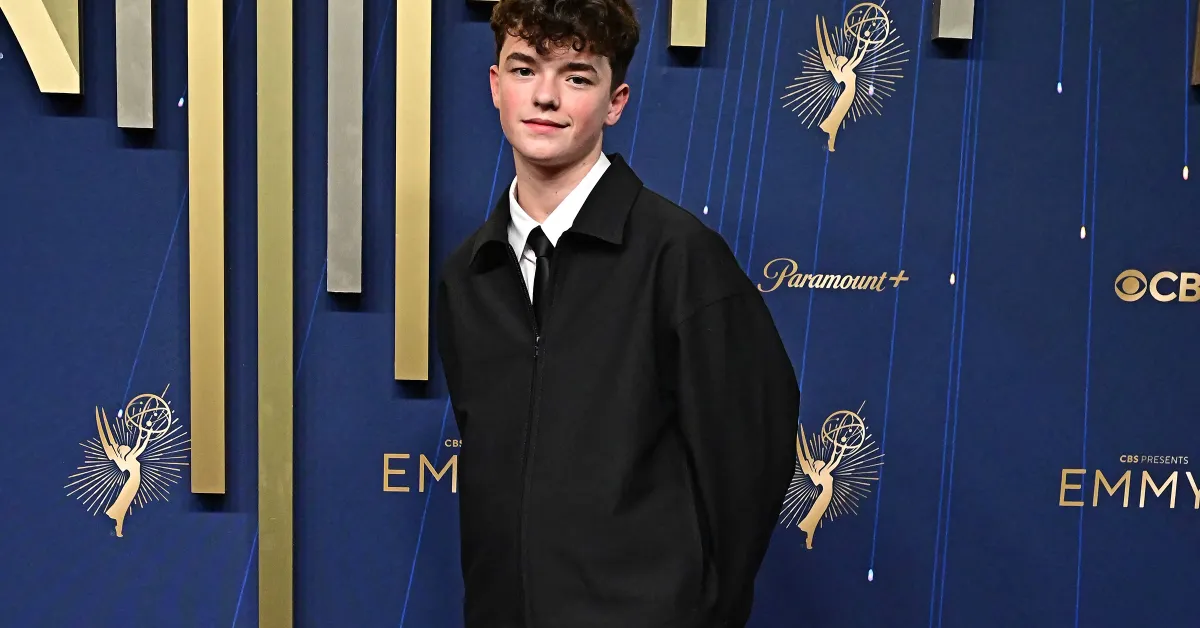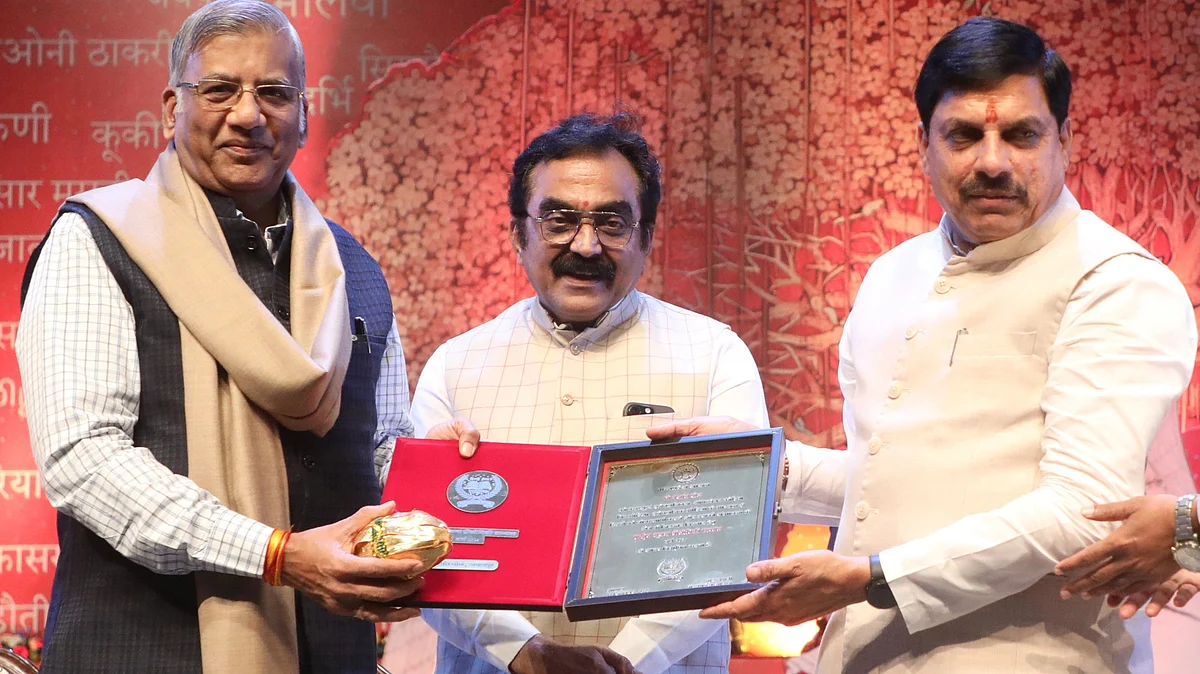
Last week at Chelsea Walls Gallery, Nike NYC’s Light Work photo exhibition came alive with a powerful display of summer basketball culture through the lens of emerging photographers. But beyond the photographs, the event carried something even more meaningful: a passing of knowledge.
At the heart of it all was Jonathan Mannion — one of the most iconic photographers in hip-hop history. Known for crafting some of the most enduring album covers of the last three decades, Mannion has worked with artists including Jay-Z (Reasonable Doubt), DMX (Flesh of My Flesh, Blood of My Blood), Nas (God’s Son), Ludacris (Back for the First Time), and Aaliyah (the single cover for “Rock the Boat”). His imagery has not only defined the look of hip-hop, but has also become a cultural archive of the genre itself.
For Mannion, Light Work is about more than photography. It’s a responsibility to give the next generation of photographers tools, insights, and inspiration.
“There’s always meaningful work to be done in arming the next generation with information,” Mannion says. “All the bumps, walls, and speed bumps I hit, I want them to avoid as many of those as possible. They’re going to hit their own, for sure. But if I can craft a little bit of their way of thinking, keep them creative, give them a heads up, that’s my responsibility.”
Founded in 2024, Focus: A Visual Development Lab by Nike NYC is a five-week summer program designed to give young photographers the tools, access, and mentorship they need to elevate their craft. Participants document Nike’s NYvsNY basketball tournament while attending workshops led by some of the most respected creatives in the industry.
This season, Mannion joined the program as a speaker, bringing not only his technical expertise but a wealth of cultural insight. His session went beyond technical instruction — it was about imparting a mindset.
“Working in the creative field can be incredibly joyful, but there are things to watch out for,” Mannion explains. “Helping them avoid some of those speed bumps feels like my duty. I’m passionate about people winning and being able to explore the contents of their mind to achieve great work.”
Nike’s commitment to supporting emerging photographers, providing mentorship, creative insight, and access to resources, is a rare opportunity, Mannion explains.
“You have to take your hat off to Nike for embracing photography,” he adds. “They’re arming young shooters with tools and insight from legendary creatives. It’s not just about what I did, it’s about giving them access to layers of experience and perspective.”
For Mannion, photography is not just about capturing an image, it’s about documenting culture in a way that resonates for generations to come.
“Getting this new generation to have the strongest voice possible, with a skillset that matches the creativity they’re exploring, is what will define the next wave,” Mannion says. “When I started, it was all film. We had to feel it. You couldn’t check the back of the camera. That perspective keeps you connected to the moment.”
He believes the new generation will carry that spark forward, even if the tools change.
“I was fortunate because I identified hip-hop as my passion early. That mentality carried me. We wanted to be the best. And that connects to how Nike supports athletes, we’re our own version of athletes. Our stance is steady, the camera is still, but the drive is identical.”
Mannion sees deep parallels between music and basketball — two of New York City’s greatest cultural exports. He believes both worlds share a similar hunger and energy, with artists and athletes constantly fighting for space and respect. “All rappers wanna be ballers, and all ballers wanna be rappers,” he explains. “They’re both fighting for space, boxing people out for territory. Visually, they overlap, anticipation, exposure, responding instantly. Whether on stage or on court, it’s about capturing something no one else has.”
For Jonathan Mannion, photography is more than a craft, it’s storytelling at its purest, a way to capture moments that speak volumes in a single frame. To him, “it’s poetry in motion.” Whether “it’s a rapper commanding the stage or an athlete making a game-winning play,” the goal is the same: “to tell a story that makes people feel something deeply.”
Reflecting on his decades behind the lens, Mannion emphasizes that authentic storytelling begins with connection and appreciation. “It begins with a deep admiration for their artistry,” he explains. Even when the music doesn’t resonate with him personally, his mission is unwavering, “my job is to make them look amazing. The effort never changes. That’s the athlete’s mentality — leave it all on the field.”
The value of his work extends beyond the frame. It lies in shaping culture and inspiring future generations of photographers. “I want the real, not the surface-level. I want them to ask themselves, ‘What does this mean to me?’ The more you do that, the more people connect to your work,” he explains. “Photography is about capturing moments that’ll never be the same again. To define a body of work with a single image is one of the greatest gifts in life.”
As Light Work closes its latest chapter, Mannion leaves behind not just an exhibition of images, but a charge: to carry the lessons of craft, passion, and cultural preservation forward.



